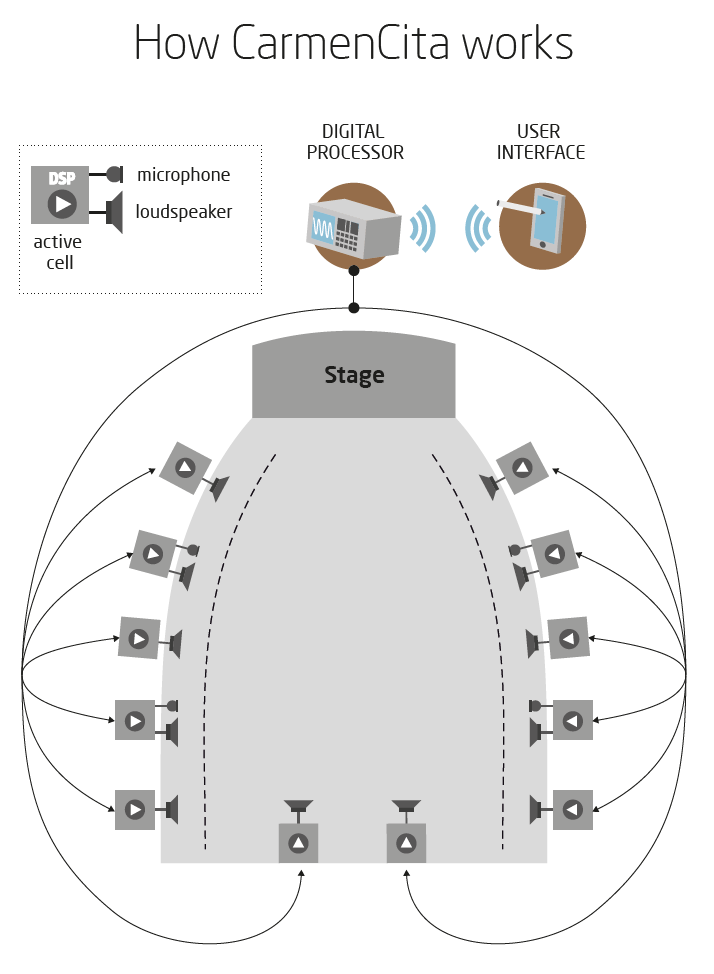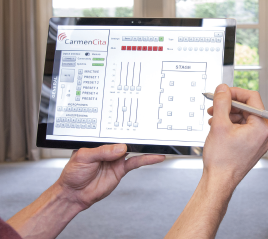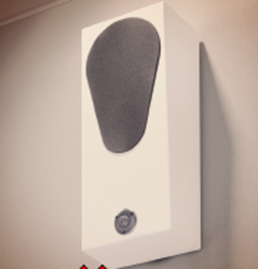Health & Comfort
CarmenCita, acoustic variability for small venues

Credits: iStock
The acoustics of small and medium-sized venues can now be adapted to the type of performance, such as symphony, opera, chamber music, theater or cinema, thanks to an active acoustic system: CarmenCita. Developed by the CSTB, CarmenCita benefits from the technology of the Carmen system, designed for large venues. This innovative system is now operational and on demonstration for professionals at the CSTB in Paris.
For small and medium-sized venues
The team of acoustic engineers at the CSTB carried out R&D to optimize Carmen technology and make it accessible to venues with under 700 seats by significantly reducing the manufacturing and installation costs.
The technological solution consists of acoustic mastering of natural sound paths with electronic mastering, developed specifically for CarmenCita. In concrete terms, the optimized digital processing of the signals used in CarmenCita has halved the number of electroacoustic cells needed to equip a performance hall.
Furthermore, during installation of the system, an automatic adjustment process allows for precise, rapid adaptation of CarmenCita to the venue.
The first prototype of CarmenCita was tested in 2015 in the “La Rampe” performance hall in Echirolles, France, which already had the Carmen system. This resulted in a finished product being ready in 2016.
Adaptation to each performance
Offering high-quality acoustic immersion in a performance depends on good sound reverberation and tone balance. To achieve these goals, the CarmenCita system uses active electroacoustic cells consisting of microphones and loudspeakers.
These cells are distributed evenly throughout the ceiling and walls, so that the hall's reverberation time is controlled naturally. Thanks to the wireless touchscreen remote control, the user controls the acoustic characteristics of the hall in real time, in order to instantly adapt it to the type of performance.
All of the electroacoustic cells can be used as a spatial broadcasting system: the position of multiple sound sources can be controlled in real time, during a performance, to offer the audience a unique sound immersion experience.







